In pictures: Eritrea as seen by Mary Harper
- Published
The BBC's Mary Harper recently returned from Eritrea. Here are some of the people and places she encountered during her journey through the African country.

Although much of Eritrea is dry and rugged, it produces bountiful fruit. The women running this market stall in the capital Asmara said all their produce was grown locally.
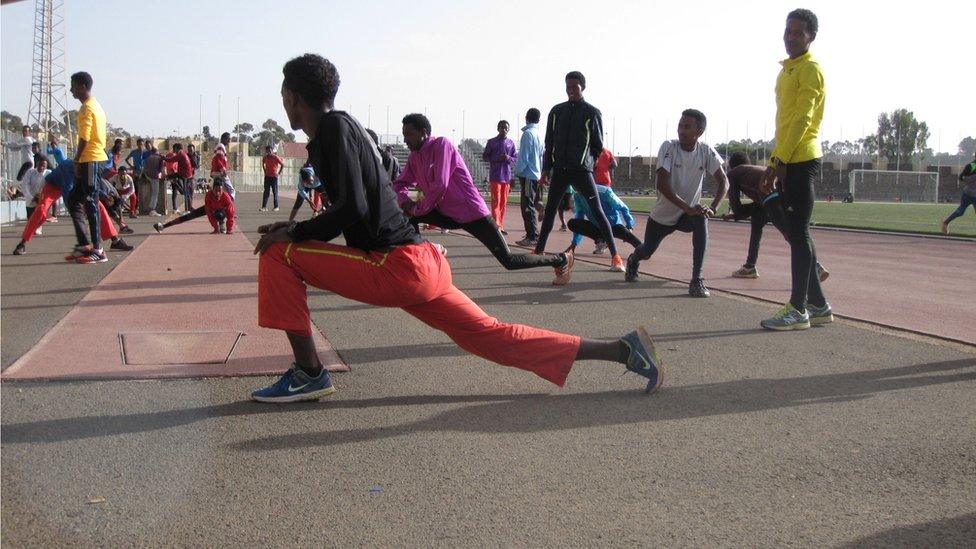
Early morning training in a stadium in Asmara. Some of the athletes are headed for the Rio Olympics, including the youngest marathon world champion, Ghirmay Ghebreslassie, 19.
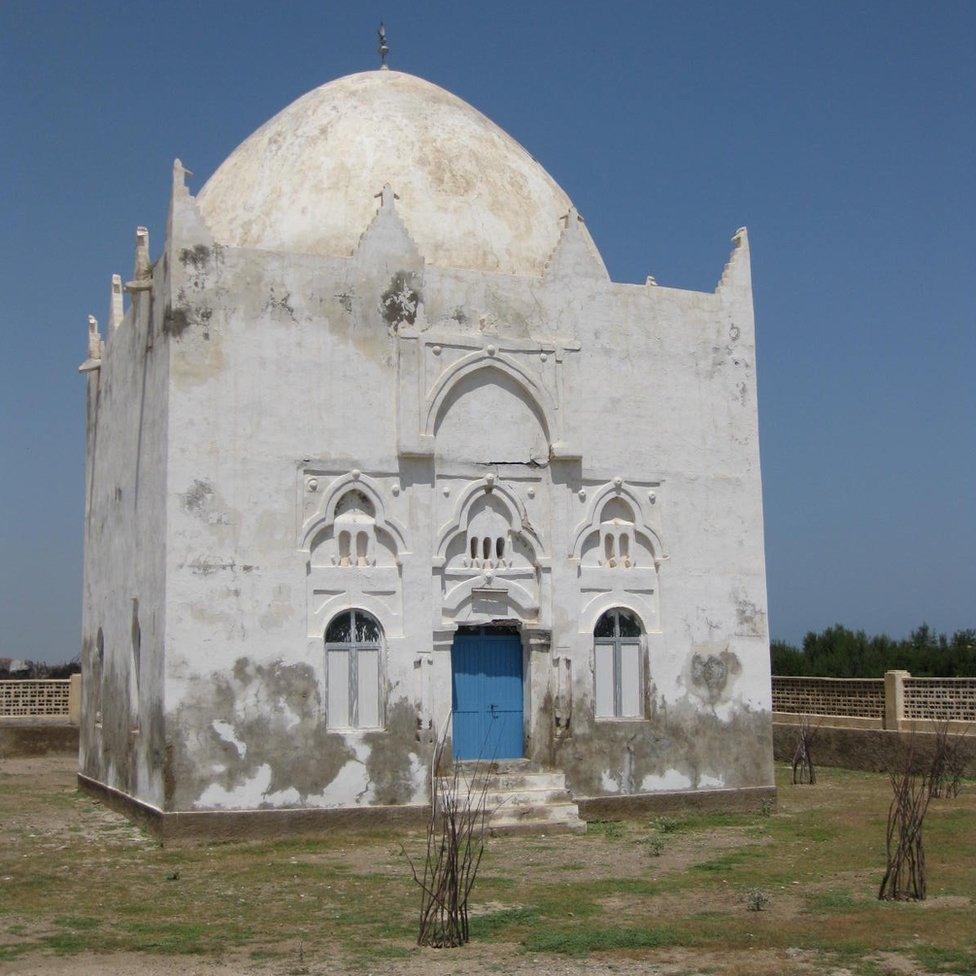
About half of Eritrea's population is Muslim, the other half Christian. Farmers, who keep goats and grow millet and maize, worship at this small mosque in a village near the coast.
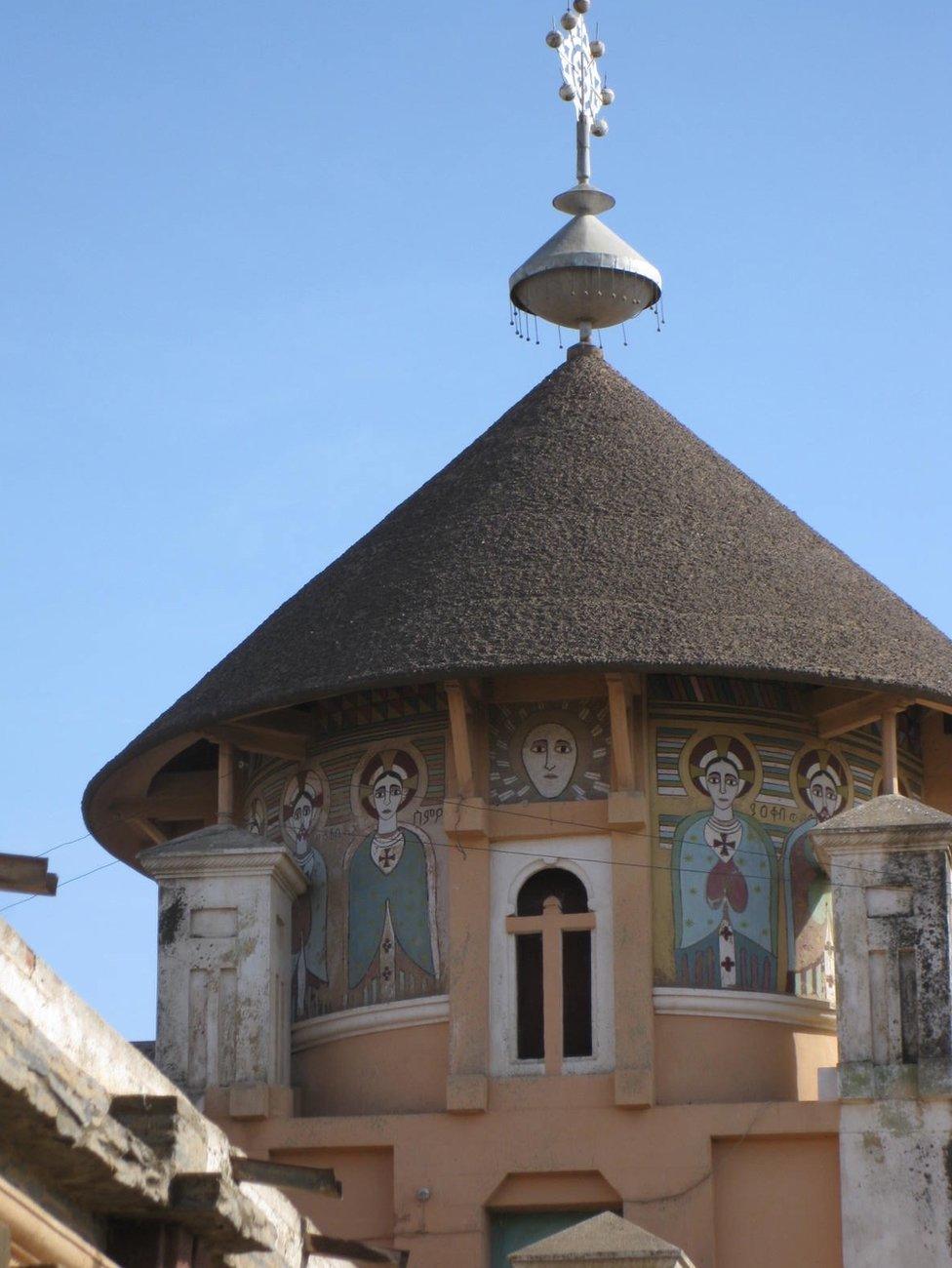
Eritrea has four recognised religions, the Eritrean Orthodox, Roman Catholic and Lutheran Churches, and Sunni Islam. Human rights and other groups say those who practise other religions are severely harassed, and that dozens of Jehovah's Witnesses are in jail, some since 1994.

Religion is central to the lives of many Eritreans. Cities, towns and villages are crowded with religious buildings, with churches and mosques sometimes standing side by side. Unlike many countries in the region, including Yemen, which is just 40km (25 miles) across the sea, Eritrea is not affected by violent Islamist extremism.
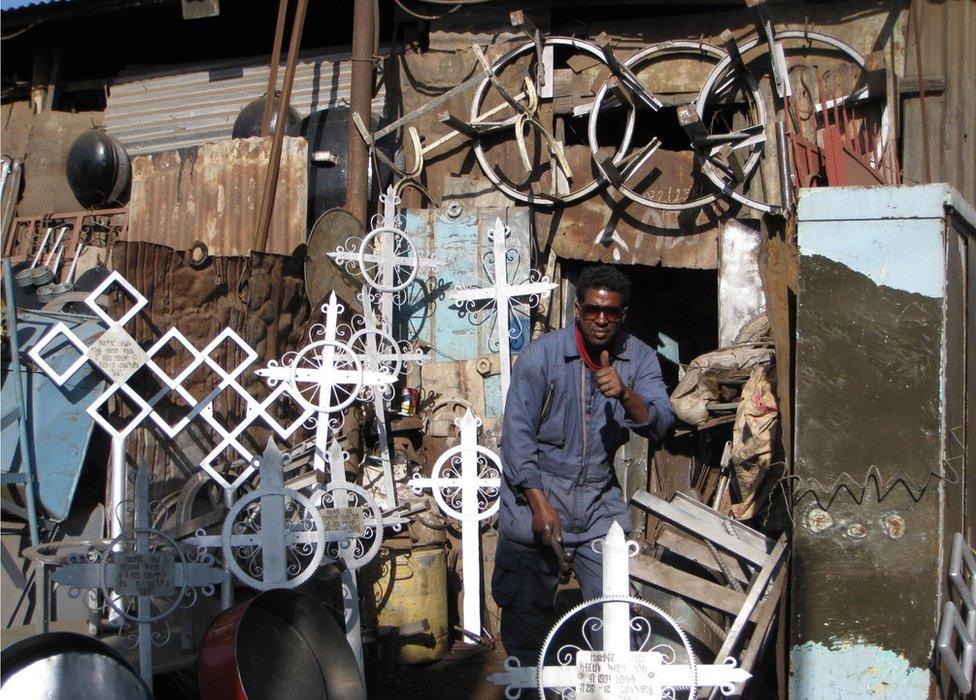
Eritreans have a strong spirit of self-reliance, forged during their 30-year war for independence from the far larger, better-equipped Ethiopia. This man makes shiny new crosses and other religious artefacts out of scraps of old, rusty metal.
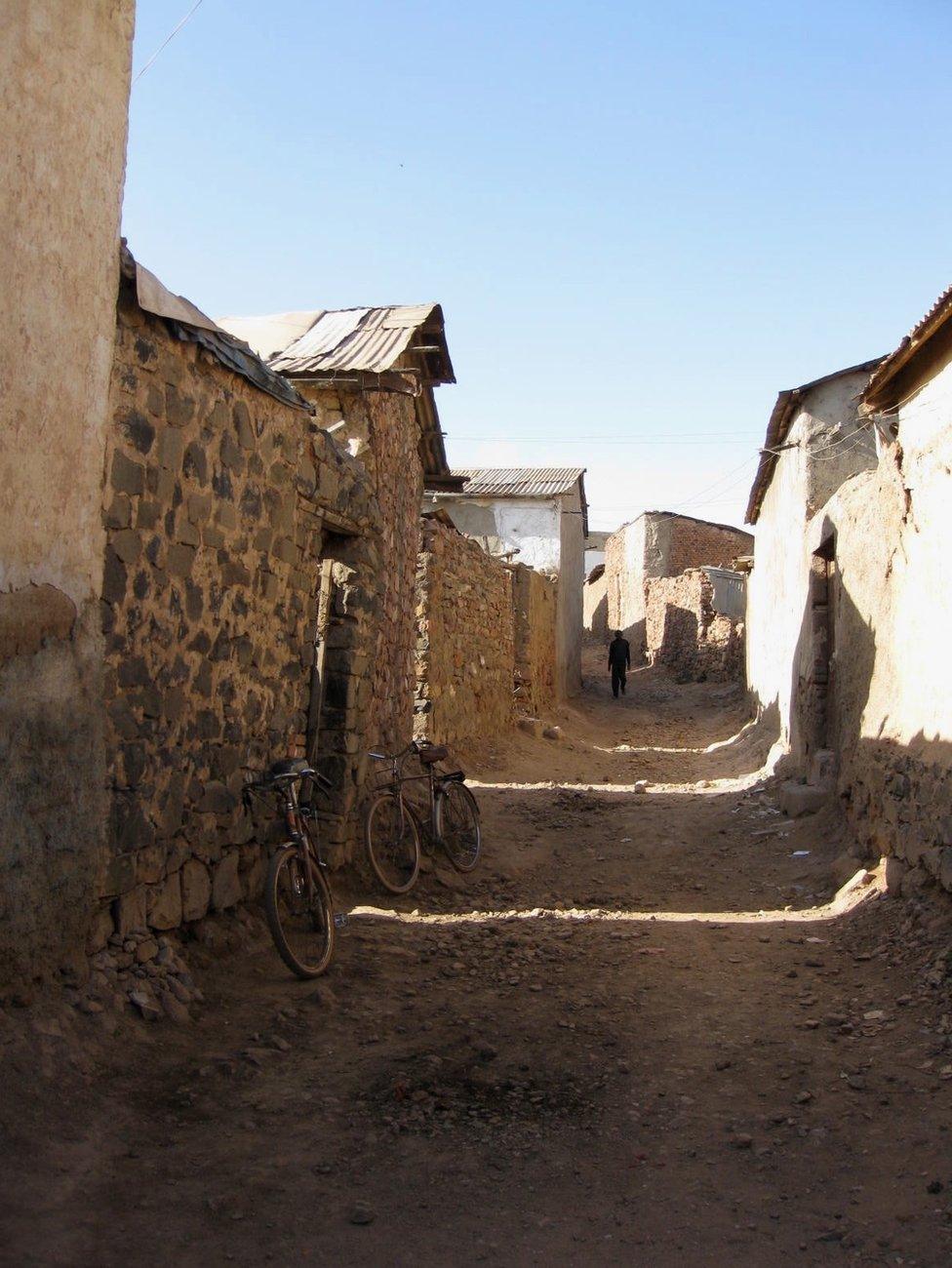
The Eritrean government says it is committed to social equality. In this poorer district of Asmara, some people live in shacks made from corrugated iron. But many have satellite televisions, with access to dozens of international stations.

Much of the countryside is littered with old tanks and other military equipment abandoned or seized from the giant Ethiopian army during the civil war. In some villages, children use the rusting piles of vehicles as playgrounds.
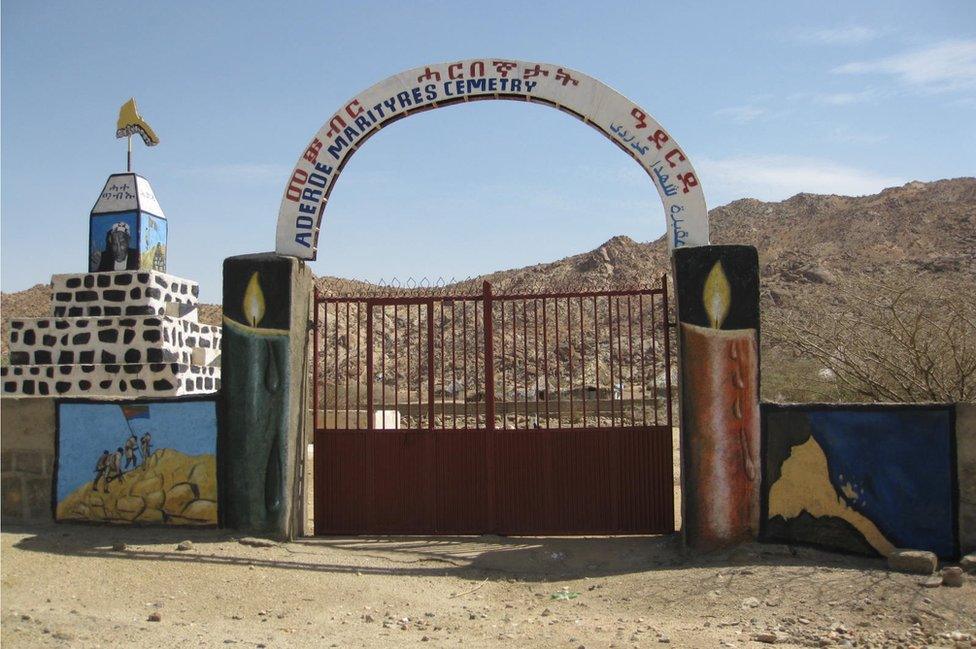
I saw several "martyrs' cemeteries" while travelling around Eritrea. The independence war ended a quarter of a century ago. But the memories of the tens of thousands who died are kept very much alive, especially on Martyrs' Day, on 20 June, when people light candles and hold solemn processions.
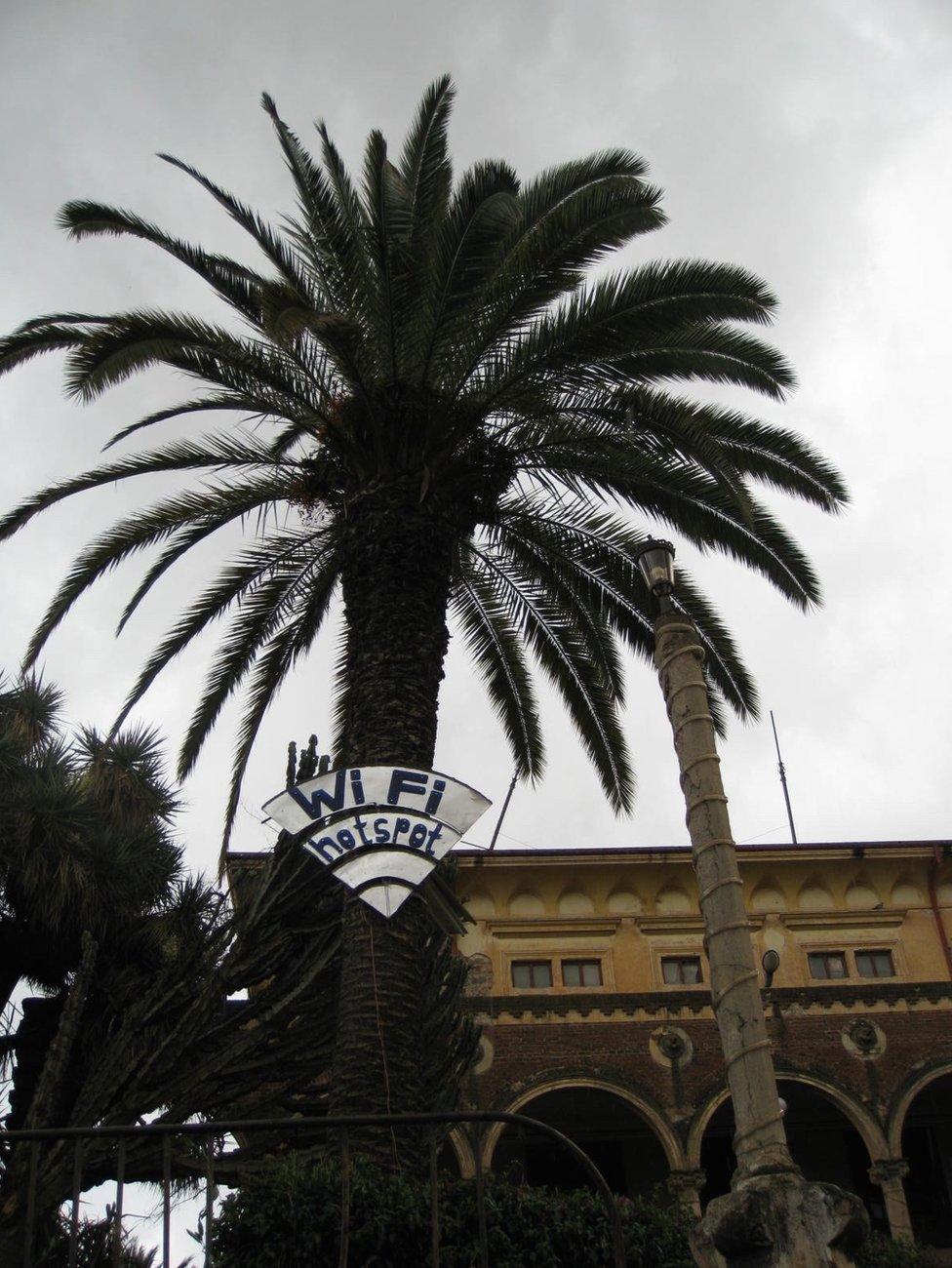
Asmara is a surreal mix of the old and the new. The internet is weak but popular. People surf the web on their smartphones in the grounds of an elegant 1920s building, built as an opera house by Italian colonialists, now used as a cafe, cinema and concert hall.
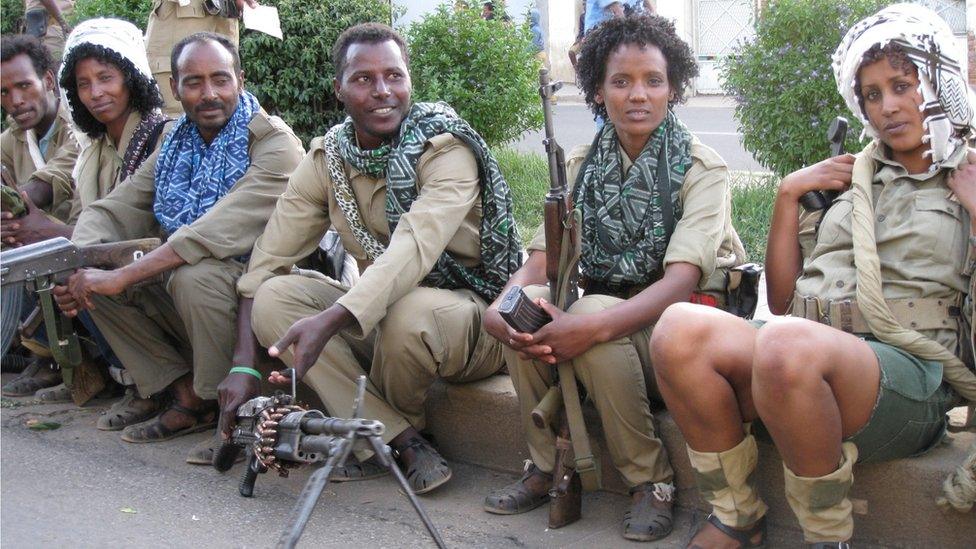
Every year, men and women dress up as independence fighters to mark the day they won the war. Women and men fought alongside each other, and wore plastic sandals - known as shida - which, along with many other items, were made in underground factories near the battlefront.
All photographs by Mary Harper / BBC
- Published22 June 2016
